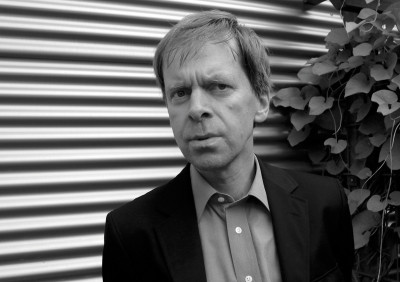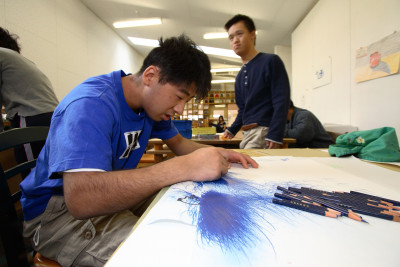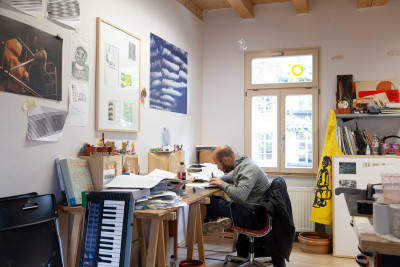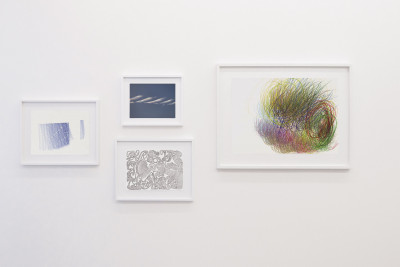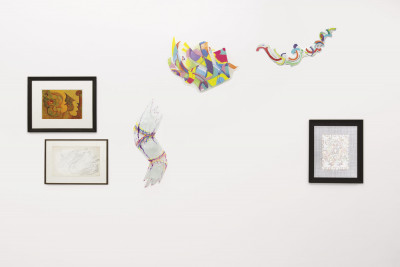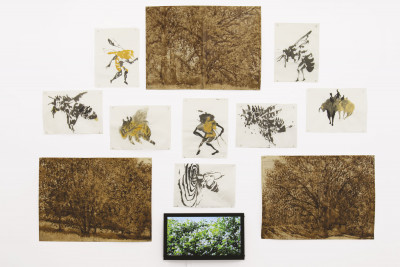brut frequencies: eco-aesthetic manifesto #1
curator: pascal pique
This time, Christian Berst entrusts Pascal Pique—art historian and critic, curator, researcher, and founder of the Musée de l’Invisible, an instance of creation and research dedicated to the relationship between art and the multiple forms of the Invisible—with the curatorship of the exhibition in his second space, The Bridge. On this occasion, about twenty contemporary and brut artists will be presented.
Everything is energy, vibrations, and frequencies. Including artworks and their images. The exhibition Brut frequencies explores this little-known and underestimated reality. In the manner of an amateur cabinet or an alchemist’s laboratory, it brings together works of aboriginal art, creations of mineral and vegetable nature, art brut, and contemporary Western art.
The reality of the frequencies and energies of art remains unexplained and unseen because it is not very conscious and practiced, difficult to quantify and measure by our senses, our technologies, and our current knowledge.
It was not always so. Notably in the root cultures of the primitive arts which developed in a symbiotic relationship with nature. It is also the case with art brut, not subjected to the conventions of the dominant cultural filters nor to certain principles of rationality.
This is why Brut Frequencies also has, as its Ariadne’s thread, the Invisible that connects us to the deep nature of things through metagenomics, mediumship, or visionary mantics. Even mental otherness. In an experimental proposal more exoteric than esoteric, since it is here more a question of revealing to give again access to these dimensions than of keep ignoring them or to occult them by ignorance or condescension.
Reconsidering the so-called art brut under the vibratory angle while widening its spectrum to the wider creation allows the unveiling of an essential dimension of art: its cosmological connection. Once the frequential reality of works and images is taken into account, a completely different landscape of art and creation is revealed. Other dimensions appear and unfold.
But the frequential stake is not only to feel and to reveal. It involves fluidifying and balancing, that is to say, taking care of the multitude of frequencies to which we are exposed through synchronization and harmonization. Whether they are human or non-human.
It is also the stake of this collective exhibition, which claims a priority: the reconnection to nature, that of the things and ourselves, by a renewed experience of the artworks and their images.
Pascal Pique
Gallery artists and guest artists: Basserode, Julius Bockelt, Charley Case, Philippe Deloison, Fernand Desmoulin, Jean-Luc Favero, Xie Hong, Hamish Karrkarrhba, André Hemelrijk, Arthur Lambert, Anaïs Lelièvre, José Lepiez, Sandra Lorenzi, Myriam Mechita, Paul Nabulumo Namarijnmak, Daniaux & Pigot, Isabelle Perú, Olivier Raud, Yuichi Saito, Erik Samakh, Lia Anne T, Vladimir Skoda, Wiktoria, Henriette Zéphir and Mother Nature.
